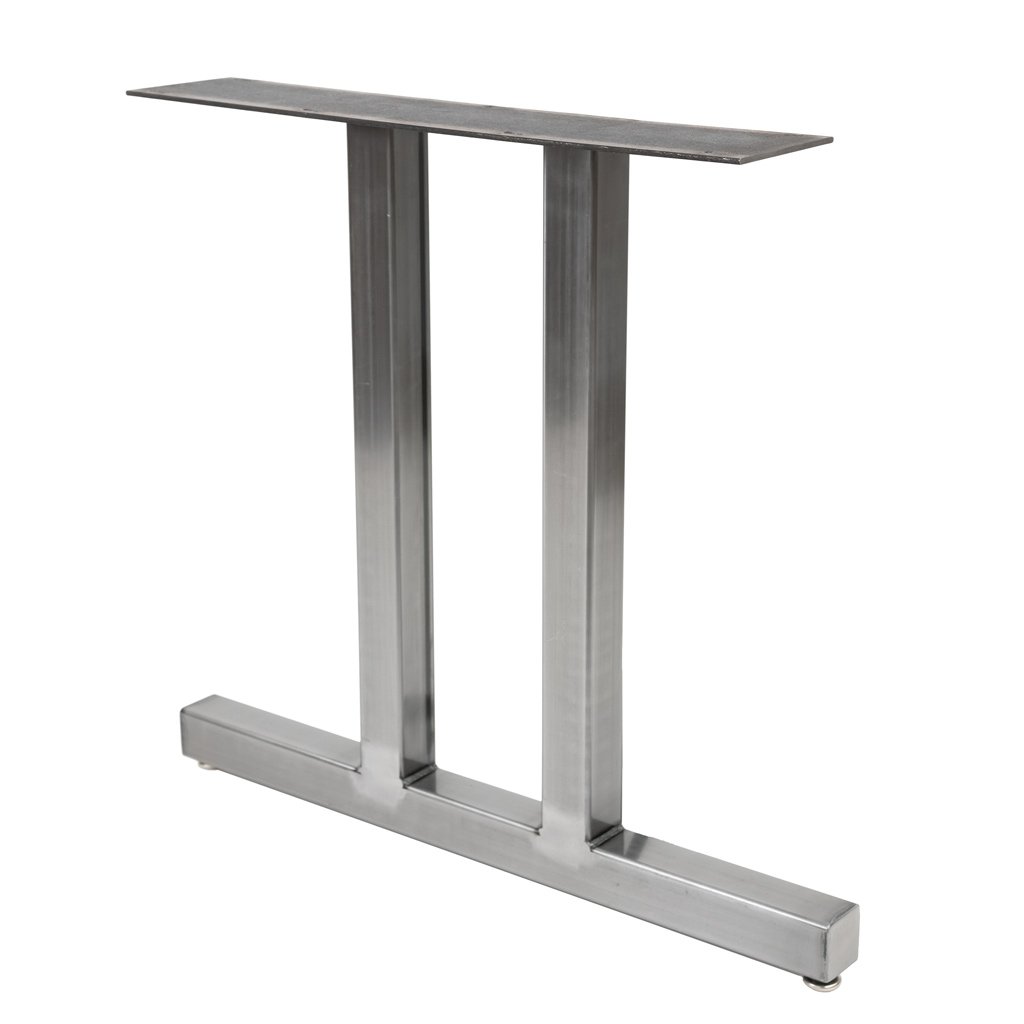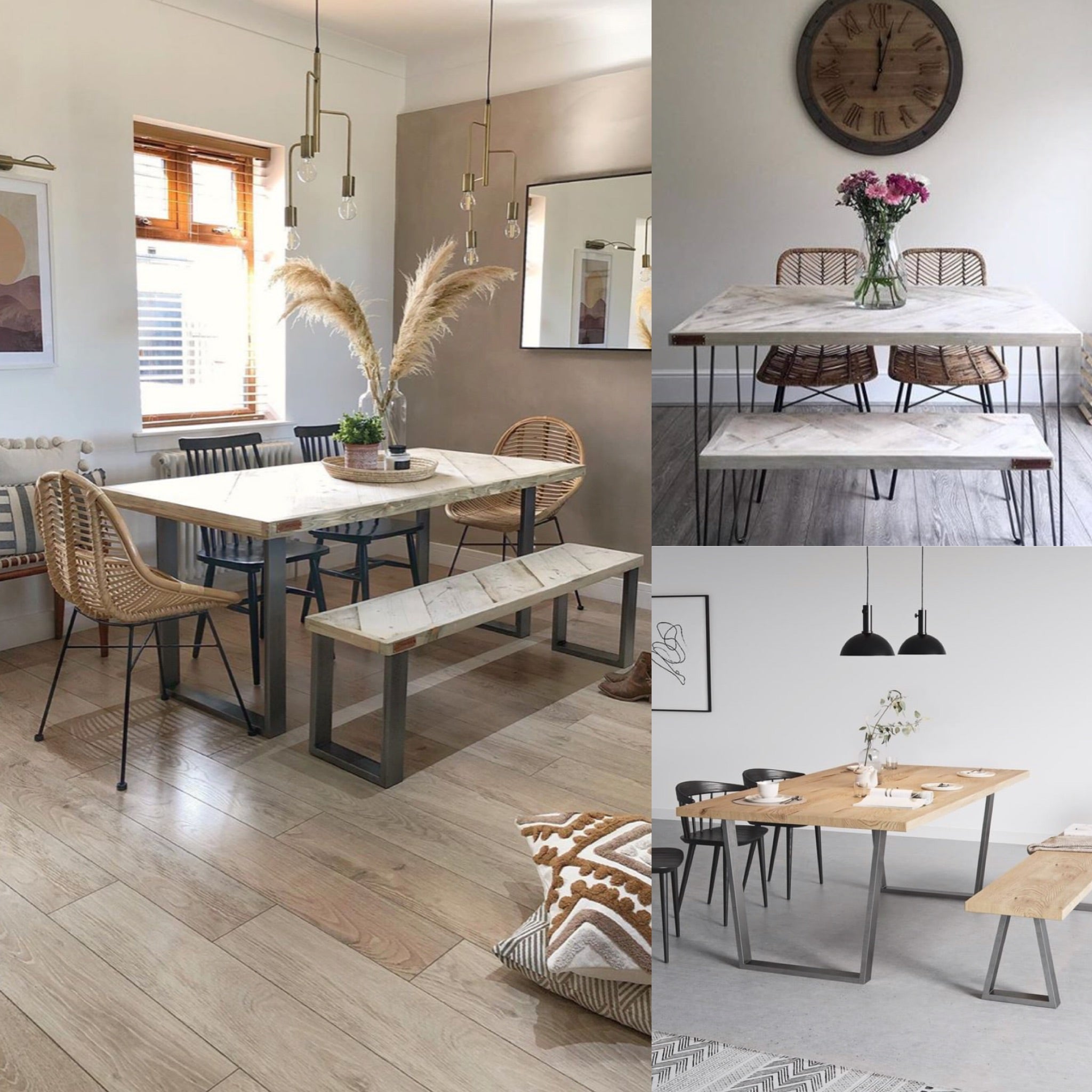From Typical to Modern: Find the Perfect Dining-room Table Legs for Your Style
The choice of dining-room table legs plays a crucial duty in specifying the overall character of your space, connecting the void between standard workmanship and contemporary aesthetics. While timeless designs such as cabriole and turned legs evoke a sense of ageless refinement, contemporary styles like barrette and geometric choices offer an opportunity for striking aesthetic passion. Assessing the best equilibrium between these styles calls for a nuanced understanding of your existing decoration and personal taste. As you take into consideration these aspects, the question continues to be: how can you flawlessly integrate these varied leg designs to develop an unified dining experience?
Recognizing Table Leg Styles
The range of dining-room table leg designs can dramatically influence both the visual appeals and functionality of the space. Each leg design adds one-of-a-kind functional features and aesthetic aspects, dealing with diverse design choices and usage demands. Recognizing these styles is essential for selecting the appropriate eating table that lines up with your overall interior style vision.
For instance, tapered legs use a tidy, traditional look that can improve an area's beauty, while pedestal bases provide security and make best use of legroom, making them ideal for smaller sized rooms. Hairpin legs, a characteristic of mid-century modern-day layout, introduce an industrial style, enabling a ventilated, open feel. Likewise, trestle legs evoke rustic charm, providing robust support and a sense of eternity.
Additionally, the choice of materials plays a significant role. Wood legs can bring heat and texture, whereas metal options often convey a streamlined, contemporary ambiance. Inevitably, comprehending table leg designs is important for developing a cohesive dining area that mirrors personal design while ensuring functionality and convenience. By thoughtfully thinking about these components, you can improve both the aesthetic and useful charm of your eating area.
Typical Table Leg Options
When selecting dining area table legs, conventional choices typically symbolize timeless sophistication and craftsmanship. These designs show a rich heritage and a commitment to quality, making them suitable for those that value timeless aesthetics.
Among one of the most renowned traditional leg styles is the cabriole leg, identified by its elegant bent shape. This design commonly features attractive makings and is most generally found in Queen Anne and Chippendale furnishings. An additional popular alternative is the turned leg, which flaunts a series of smooth, rounded forms that give a traditional look while keeping stability.
Furthermore, the straight leg, while basic, uses a unadorned and strong structure that can mix effortlessly with a variety of tabletop styles. For those drawn to ornate detailing, claw-and-ball feet legs evoke a sense of majesty and can offer as a sensational focal factor in any kind of dining space.
Lastly, pedestal bases, although not purely legs, supply an alternate typical option that enables for adequate legroom and can be perfectly sculpted. Each of these standard leg designs adds to the total atmosphere of a dining area, marrying function with aesthetic allure.

Modern Table Leg Designs
Modern table leg designs offer a diverse variety of styles that stress tidy lines and innovative products. These layouts typically prioritize capability while working as striking focal points within a dining space. Minimal appearances are widespread, with legs crafted from products such as metal, glass, and crafted timber, which add to a contemporary and ventilated feel.
One prominent layout is the hairpin leg, characterized by its slender, conical structure that offers stability without frustrating the table top (dining room table legs). This style is frequently found in mid-century contemporary furniture and can easily complement numerous table forms. Another fad is making use of geometric shapes, where legs may tackle angular or asymmetrical forms, adding visual interest and a touch of creativity

Blending Designs for One-of-a-kind Areas
Often, house owners seek to create distinct dining spaces that mirror their individual design by mixing different design elements. This approach enables the incorporation of diverse appearances, leading to a harmonious yet unique environment. For instance, combining a rustic wood table with streamlined, contemporary steel legs can produce a captivating contrast that boosts the area's general charm.
In addition, incorporating vintage table legs with contemporary table tops can stimulate a feeling of background while maintaining a contemporary perceptiveness. Such mixes not just showcase specific preference but also motivate creativity, enabling house owners to curate an area that really feels both individual and welcoming.
Color plays an essential role in this mixing procedure; choosing table legs that enhance or comparison with the existing color pattern can boost visual interest. For example, whitewashed legs can soften the boldness of a dark table surface, developing a balanced visual.
Tips for Choosing the Right Legs
Picking the right table legs is important for attaining both capability and aesthetic appeal in your eating area. Begin by thinking about the overall design of your area. Standard setups benefit from legs that include complex carvings or transformed layouts, while modern areas might call for sleek, minimalist designs.
Following, evaluate the elevation and stability of the legs. dining room table legs. Typical eating tables vary between 28 to 30 inches in elevation, so guarantee the legs match this dimension for convenience. Additionally, robust materials, such as wood more helpful hints or steel, can enhance stability and long life
Review the leg shape as well-- choices consist of directly, tapered, or stand layouts. Straight legs offer a traditional appearance, while tapered legs can include a touch of sophistication. Pedestal bases give sufficient legroom and are perfect for smaller sized rooms.
Verdict
In summary, picking the optimal dining-room table legs calls for mindful factor to consider of both typical and contemporary designs. Standard alternatives such as cabriole and turned legs provide classic beauty, while modern-day layouts like barrette and geometric forms give a contemporary touch. By integrating leg style, elevation, and product with the overall decoration, a cohesive and inviting ambience can be achieved. Ultimately, the picked table legs ought to reflect the preferred visual, improving the dining experience within the his comment is here room.
The range of eating room table leg designs can substantially influence both the aesthetic appeals and performance of the room. Inevitably, recognizing table leg designs is important for creating a natural dining area that mirrors individual style while making sure functionality and comfort.One of the most famous typical leg styles is the cabriole leg, defined by its elegant curved shape. Straight legs use a timeless appearance, while conical legs can add a touch of elegance.In recap, selecting the ideal eating area table legs needs mindful factor to consider of both modern and traditional designs.